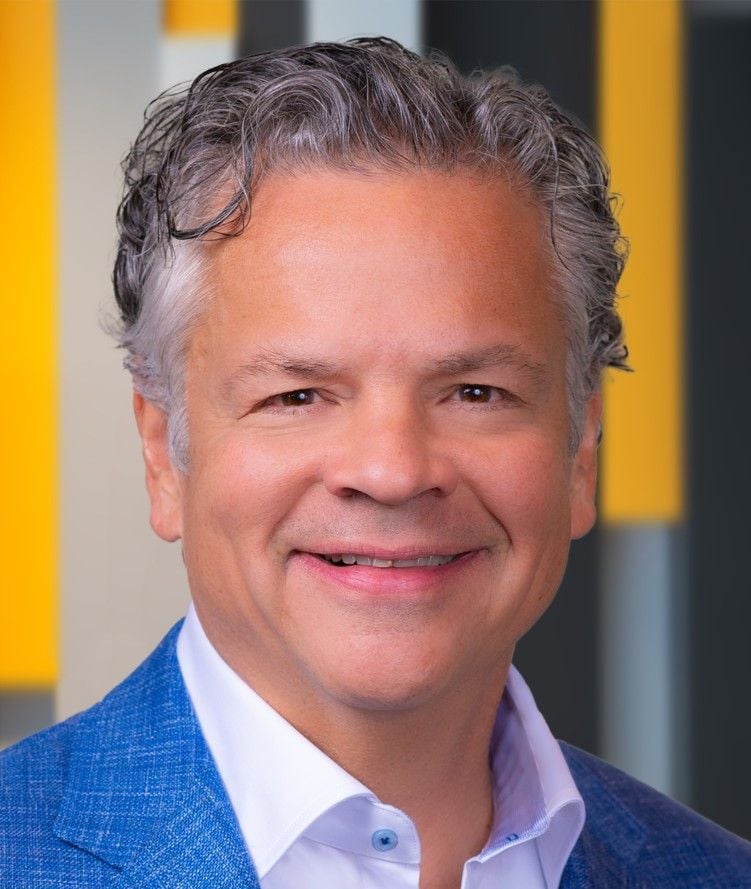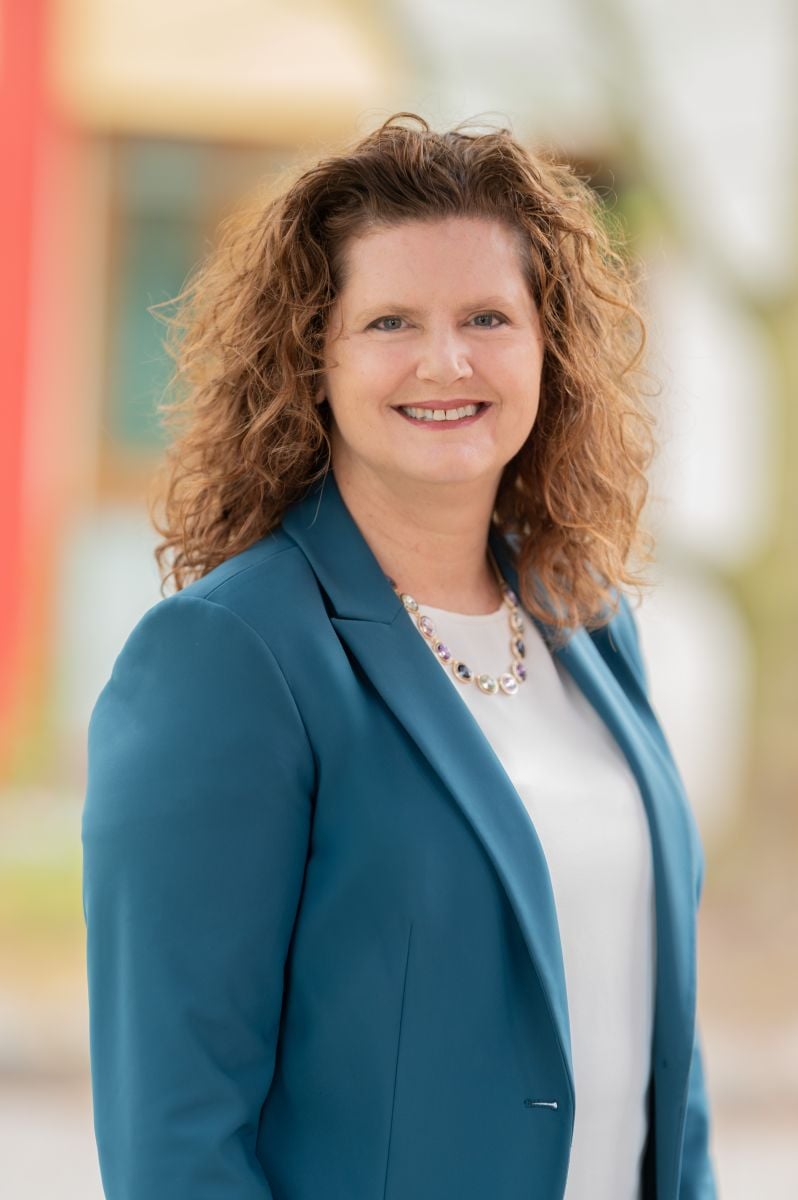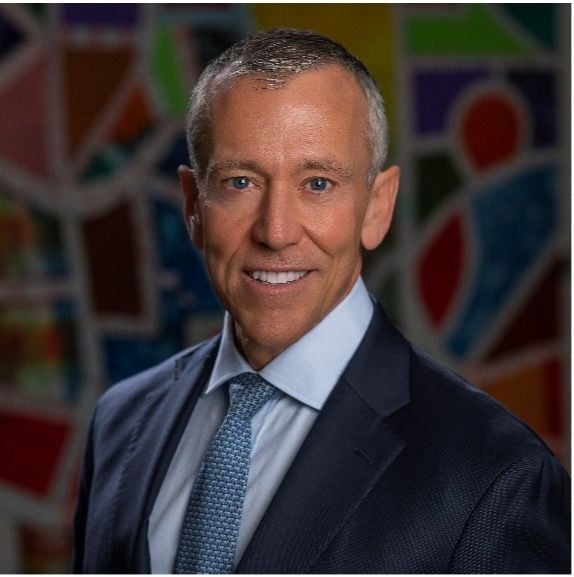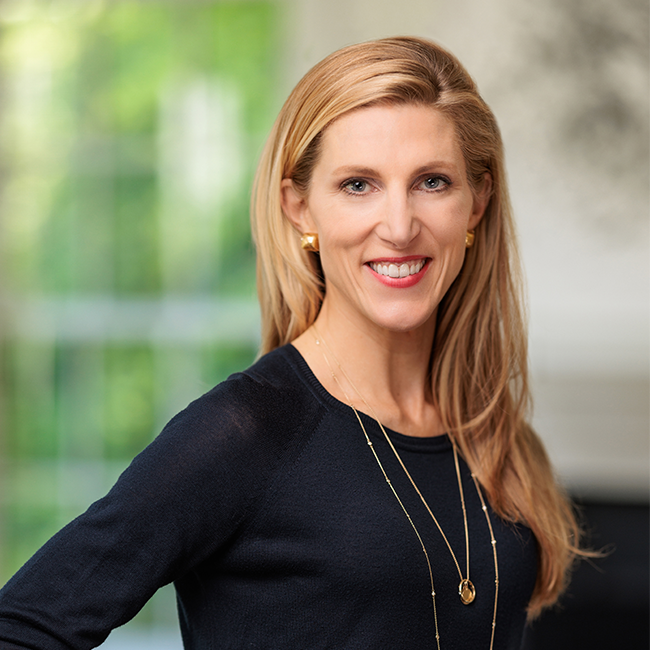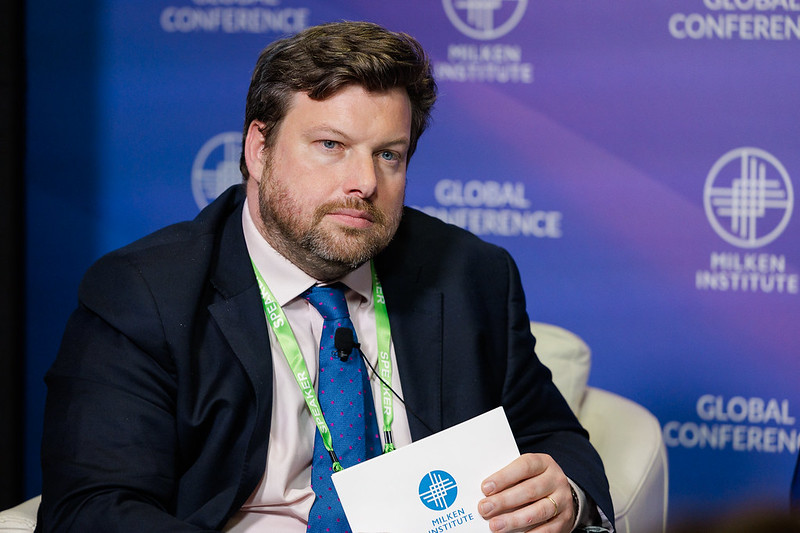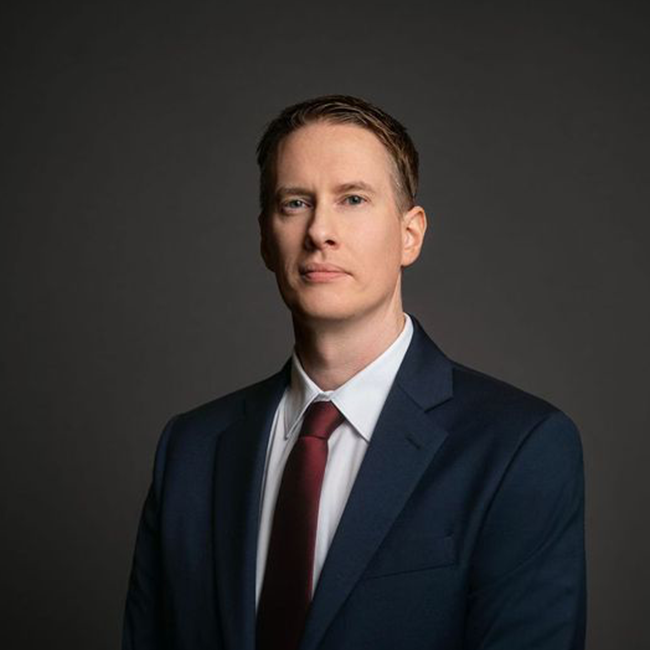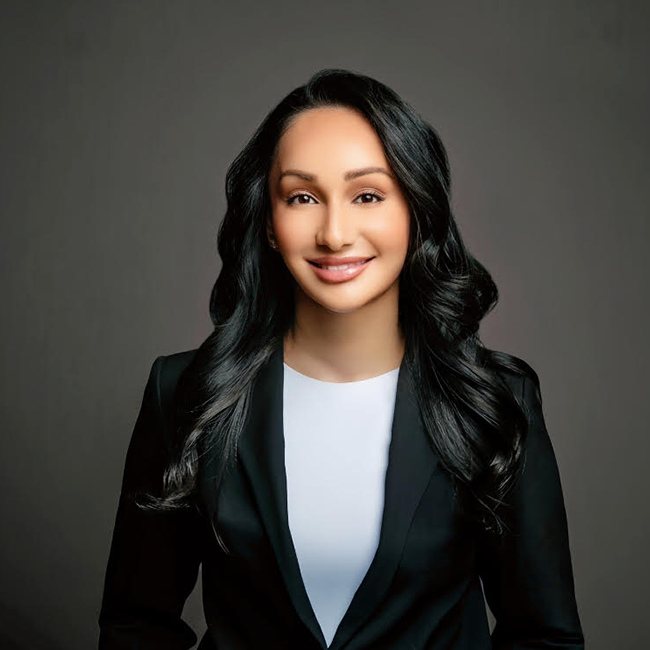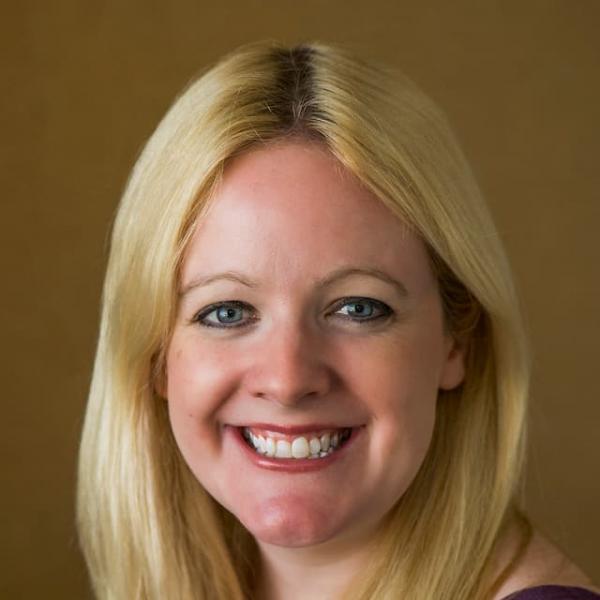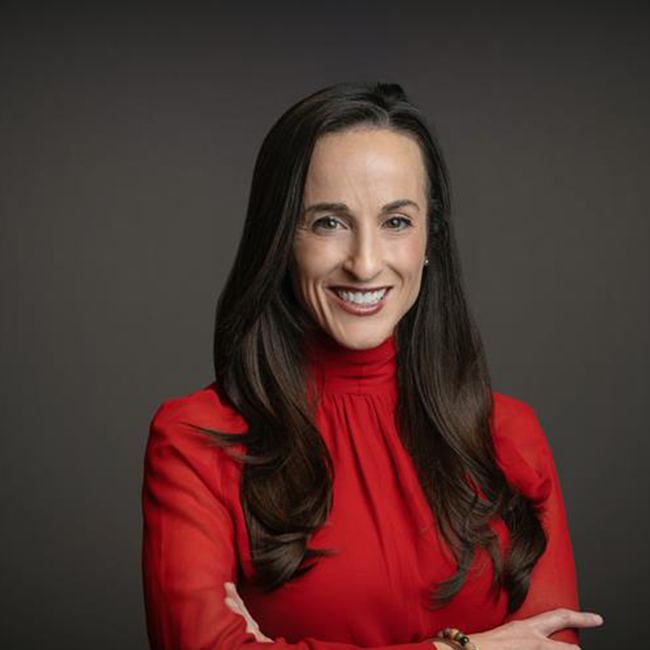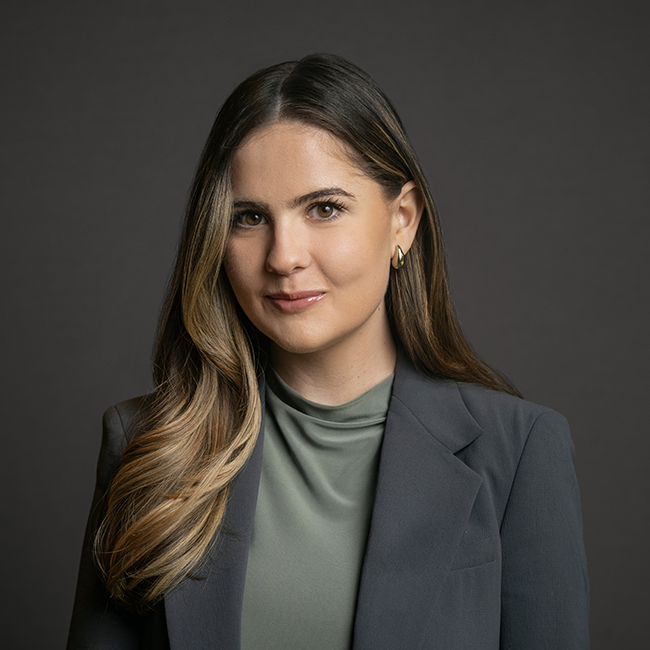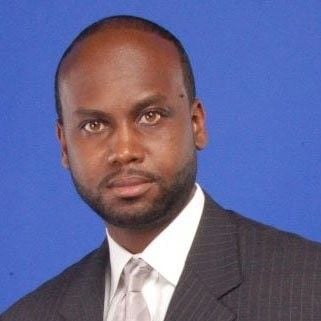
Paying for health and wellness care is becoming one of the most important challenges of our time—especially as Americans live longer. Costs are rising, and, in many cases, insurance is covering less, leaving consumers to shoulder the financial burden.
The financial weight is only compounded by how many consumers underestimate actual out-of-pocket expenses.
Synchrony’s 2022 Lifetime of Healthcare Cost Research revealed that, on average, Americans estimate they spend $850 per year on health-related expenses. In reality, our research found the number is nearly 1.5 times higher, around $2,100 annually.
The data highlighted even greater challenges that can impact outcomes, with nearly half (45 percent) of adults surveyed saying they postponed or skipped care due to cost. Of those, 46 percent experienced additional health issues as a result of delaying care. And despite rising expenses, 80 percent of the adults surveyed said they don’t have dedicated savings for medical emergencies—which may leave most households financially vulnerable when health needs inevitably arise.
The challenge is clear: Consumers are paying more, saving less, and facing rising health-care costs with little safety net. In the face of these realities, how can the idea of longevity flourish?
Addressing these burdens is what drives my work at Synchrony. We sit at the intersection of health and access, working to support positive health outcomes through financial education and financing options.
My passion for my role developed early on. I was born in San Juan, Puerto Rico, and grew up there until I was accepted to Yale University when I was 18, where I initially studied for a career in medicine before turning to economics. I learned money management skills from my parents, who taught me the importance of saving money, budgeting, and financial planning. My college experiences—and the lessons my parents taught me—made me realize that access to financial knowledge and tools can make a major impact on a person’s path in life.
And this is all the more true today, as people are living longer, and we are just beginning to embrace longevity in a meaningful way. There is an entire industry dedicated to chasing the Holy Grail of a long life well lived! But there is a deep chasm between the vision of a long life and the reality of how to achieve it. I believe we can take steps to move more Americans toward the pursuit of longevity through education, information, access, and transparency.
We must work together to enhance education, promote facts, improve access, and ensure transparency.
Education: We need to elevate and amplify the research, treatments, and steps to achieve longevity and ensure we’re reaching the full cross-section of Americans. It all starts with knowledge of the steps anyone can take toward the goal of living well, longer.
Facts: Understanding what care costs is essential. We often plan for our children, college tuition, and living expenses, but health and wellness costs are just as important. CareCredit took a big step this year by launching the Procedure Calculator, which provides the average cost of more than 1,000 common procedures and treatments from every state. When we know what procedures and services cost, we can plan, save up, and have informed conversations with our insurance company about coverage and our providers about different treatment options.
Access: Let’s be honest, not everyone has insurance, and not everyone has access to a flexible spending account or health savings account. Sometimes, people need access to—or even prefer to use—credit to receive the care they want and with the ability to pay over time. This is where financial options come in and where transparency is essential.
Transparency: Earlier this year, Synchrony’s CareCredit set a new standard in health and wellness financing by launching the Fair Financing Principles—a web page featuring information and resources to help consumers understand the cost of care, what to expect from their provider around cost discussions, and steps to take before financing their care. We were determined to do more to help consumers make informed decisions in a clear and transparent way.
The ability to access and pay for health care has never been more challenging, and when you add to it the goal of a long life lived well, the challenge only gets more difficult. We must work together—insurance, providers, financing, technology—to enhance education, promote the facts, improve access, and ensure transparency. Through these steps, we can highlight the path to making longevity an achievable goal for more people.
